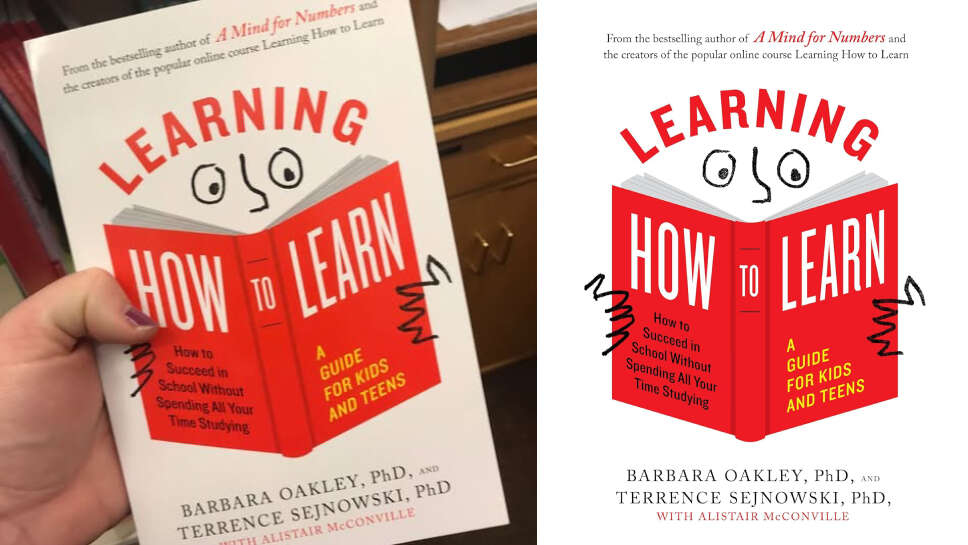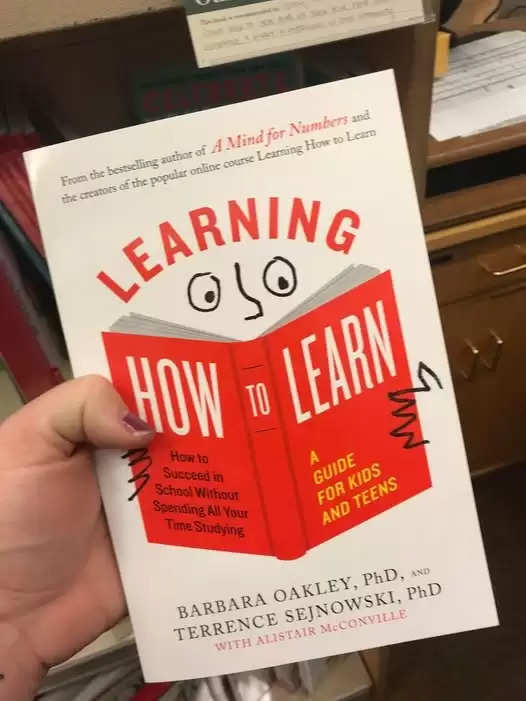7 Practical Tips for Smarter Studying from Learning How to Learn by Barbara Oakley

Successful school performance without burn-out depends on studying smarter rather than harder. Learning How to Learn: How to Succeed in School Without Spending all Your Time by Dr. Barbara Oakley Studying provides useful guidance on enhancing your approach to learning. These seven straightforward but insightful ideas from the book will enable you to learn more effectively.
1. Accept several points of view.
Oakley presents two vital ways of thinking: concentrated and dispersed. Like when you are working on a maths issue, focused thinking is the state in which you give a problem great concentration. Conversely, dispersed thinking is more laid back and lets your thoughts stray to create artistic links. Both are really crucial! Combining both approaches in balance will enable you to answer problems more precisely and grasp difficult content.
2. Use spaced repetition in practice.
You know it's not the ideal approach to retain knowledge long-term if you have ever crammed for a test. Oakley advises a far superior approach—spaced repetition. This involves going over stuff at ever-increasing intervals, like going back over what you learnt few hours, a day, and a week later. This avoids knowledge from drifting away and helps strengthen your memory. It's a tried-by-fire approach to increase retention without overloading you.
3. Chunk Details
Dealing with difficult material is among the toughest aspects of learning. Oakley suggests "chunking," or splitting out large amounts of material into smaller, consumable bits. Group related items, for instance, rather than learning a lengthy list by heart. This helps one to grasp more general ideas without feeling as though they are too much to manage.
4. Employ similes and metaphors.
Though Oakley advises utilising analogies and metaphors to simplify difficult subjects, they might still be difficult. Relating fresh thoughts to something you already know helps you to build mental images that simplify difficult topics. For example, considering electrical circuits as water flowing through pipes will help you picture their operation when you are studying about them.
5. Rest and Break Times
Your brain needs rest in order to truly process and save data. Oakley underlines the need of breaks. Although long study sessions can cause mental tiredness, regular breaks help to keep your mind clear and targeted. Thus, avoid feeling bad about using time to relax; good learning depends on this.
6. Fight procrastination using the Pomodoro Technique.
Oakley offers a basic fix for procrastinating: the Pomodoro Technique. This entails working in roughly 25-minute spurts of intensity then taking a little break. Divining your job into smaller pieces helps you stay focused and lessens its overwhelming power. Moreover, you get frequent breaks to replenish, which helps to simplify the whole process.
7. Get comments and consider how you have developed.
Learning is about understanding your performance, not only about doing the work. Oakley emphasises the need of receiving comments, from peers to professors to even introspection. Frequent comments let you identify places you still need work. Looking back on your development and modifying your approaches will help you to improve your learning efficiency.
Incorporating these seven ideas from Learning How to Learn can help you to enhance your study habits and simplify learning. These ideas will help you work smarter whether your goals are exam preparation, challenging coursework, or simple assignment keeping-up. For further specifics, Oakley's book delves deeper into these techniques and provides tools to help you be academically successful free from stress. Cheers to your learning!

--
Thanks for reading ..
You Might Also Like: 7 Key Lessons from The Rules of Thinking by Richard Templar
